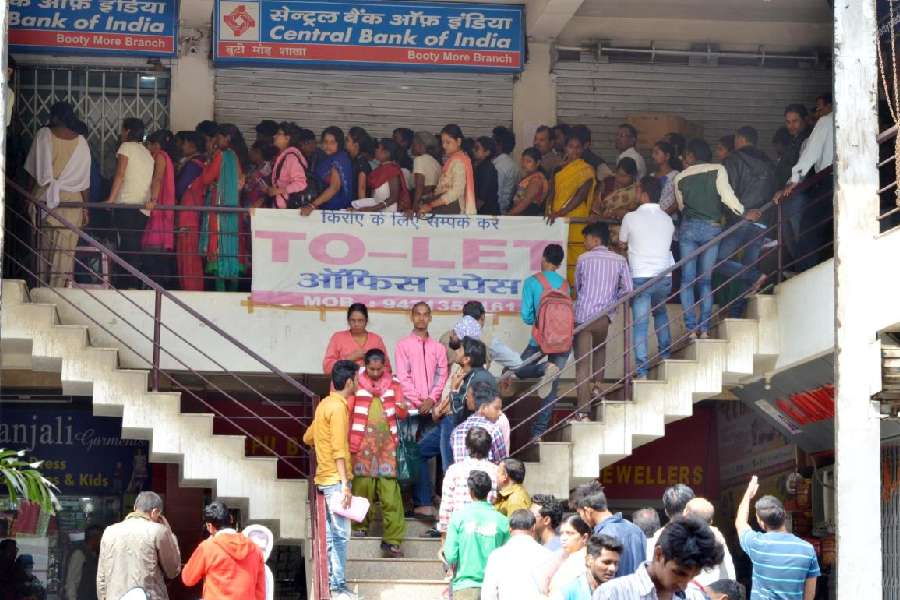Calcutta, March 5: A section of jute mills in Bengal are concerned about the poor grades of raw jute in stock affecting the quality of finished jute bags.
In the 2016-17 season, the production of raw jute is estimated at around 90 lakh bales. Around 40 lakh bales are still with traders and stockists and is yet to arrive in the market.
“Market information suggests around 55 per cent of the stock available comprises poor grade raw jute. This is a major concern as light weight jute sacks (580 gm) requires finer counts of yarn,” said the owner of a Bengal-based jute mill.
There are eight grades of the widely used Tossa Daisee (TD) jute of which grades from one to five are considered to yield better quality yarns.
Stock estimates with traders point out that TD 3/4 grades are at 6 lakh bales, TD 5 at 12 lakh bales, TD 6 at 16 lakh bales and TD 7/8 is at 6 lakh bales. A 580 gm jute bag typically requires a mix of grades four and five of TD.
“As the poor quality fibre does not match the batch mix fixed for production of B Twill jute goods, there is a serious concern for jute mills on the finished product,” said the mill owner.

Low price
There are two broad reasons governing the deterioration in the quality of the golden fibre. The upcountry prices of raw jute that farmers receive are usually lower (around Rs 50-100 per quintal for TD 5) than the estimated cost of cultivation. Coupled with inadequate supply of fresh water to soak the fibre, the raw jute produced is of inferior quality.
Availability of good quality jute seeds is another problem. Around 6,000 tonnes of jute seed is required annually for jute cultivation.
Industry sources suggest that only a part of the total quantity is of high yielding variety and conform to the certified standards.
“The Centre should evaluate measures such that farmers be offered better support prices along with adequate supply of primary inputs such as jute seed and fertilisers, to give an impetus to production of good quality fibre,” said another mill owner.










